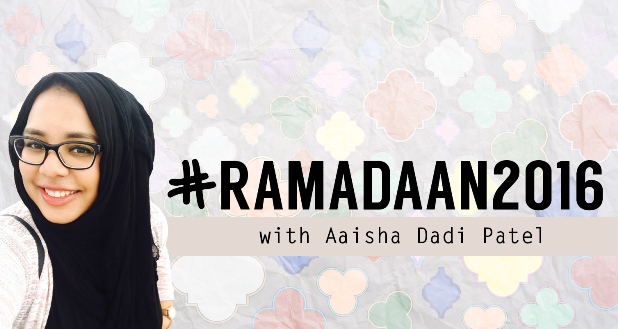Day 21: Hijab and men
When we talk about gender issues, generally, men don’t always realise the role that they have in it too. That can be said in Muslim spaces too (notice how I didn’t say Islamic – the issue is with followers of the faith, not the faith itself) – men sometimes forget how a concept applies to them, because they’ve made it about women only for such a long time.
Take hijab, for example. I do not stop talking about how it is not just a scarf – but maybe I need to unpack that further and make a few things clearer. I’m repeating things that I have said previously- but just bear with me. I have a point, I promise!
Hijab is a huge part of Islam. It’s not one of the five pillars, but it’s a complete moral code outlined to guide behaviour and conduct. It’s a concept that applies to both men and to women, rooted in principles of respect, and is clearly ordained as such in the Quran. The word “hijab” is mentioned in the Quran five times, and not once is it used in the context of women’s clothing.
By referring to the headscarf only as hijab, you absolve men of their duty observe hijab as well. We assume that men are inherently respectful, so instead of teaching boys how to respect women, we teach girls that hijab is only for them. We do this by reducing it to the physical, and send our girls the message that they have to cover to detract from being sexualised, so that they do not attract male attention. This is in line with Western feminist thinking, which amplifies the message to be that Muslim women are oppressed. If that’s the reason you’re observing hijab, you are oppressed – by your own thinking, and by a community’s internalised misogyny. To observe hijab physically – by dressing modestly, and covering the hair, in women’s case – is to perform an act of worship, exercising the agency to choose to be visibly Muslim.
Hijab doesn’t just apply to women. Men are to follow it as well. It’s a way of life. Not just a piece of cloth on our heads…
— Ø³Ù…Ø§Ø (@yo_samah) June 15, 2016
When the Prophet Muhammed (peace be upon him) was travelling on the road with his cousin once, a woman stopped him to ask a question. Despite the fact that the woman was very beautiful, she was covered up and dressed in ihram, the clothing worn when performing umrah or Hajj (pilgrimage to Makkah). Because of her beauty however, the prophet’s cousin could not help but stare at her. Seeing this, the prophet reached his hand out to turn his cousin’s face away. He didn’t tell her to cover her face, or that her appearance was tempting and a distraction for men. He averted his cousin’s stare. He was not staring at her because of what she was wearing – he was staring because she was a woman.
The prophet was reminding his cousin of his responsibility as a man to observe hijab, and control his gaze. I don’t know what a more perfect example would be – but here, Muslim men, is your reminder that hijab applies to you, too.
This is a special Ramadaan series by our fave Muslim reporter, Aaisha Dadi Patel. For Day 20’s musings, click here.









